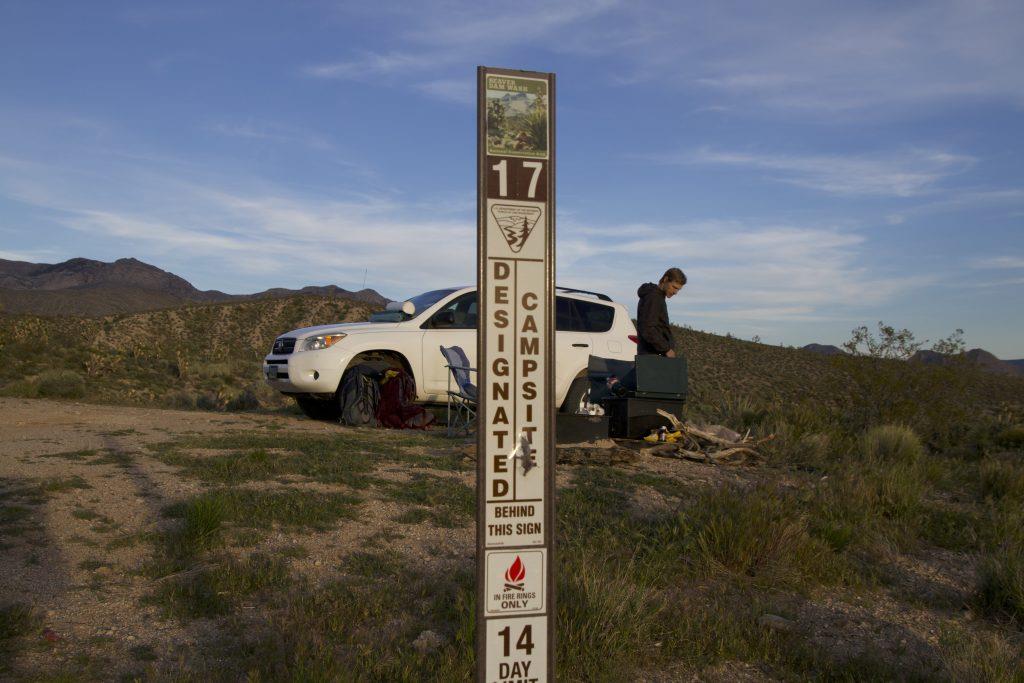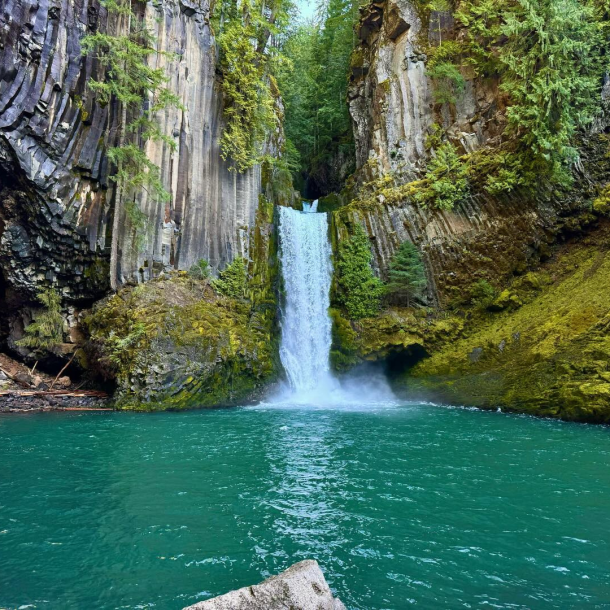Travel Tips
Why You Should Camp on BLM Land
What is BLM Land?
The Bureau of Land Management (BLM) was established by President Truman in 1946 as an internal reorganization effort. The BLM was originally a conglomerate of the GLO and the U.S. Grazing Service, and is now responsible for the management of national lands. The calling card of the agency is “your public lands,” meaning that they are “owned by all Americans.” While there may be some gray area in this, the BLM tends to be the most relaxed with their rules and regulations. After our crazy trip to Zion, we were feeling ready for some low-traffic camping.
What does the BLM do?
According to this infographic produced by the BLM, they are responsible for managing over 1/10 of the nation’s surface area. They work with a diverse group of “users,” from ranchers who want to use public lands to graze their cattle, to oil and gas groups, and to climbers like us. They also do a ton of conservation work, helping to preserve and protect endangered plants and wildlife. The BLM prides itself on being “one of a handful of federal agencies that brings in more revenue than it spends.” With an annual economic output of $88 billion, we can hardly disagree.
Since much of the BLM’s land is dedicated wilderness, the camping can be fairly remote. This spot we found in the 63,500-acre Beaver Dam Wash National Conservation Area just outside the Utah Hills had a fire ring and a sign—and nothing else but Joshua trees, desert scrub, and mountain views for miles.
Why camp on BLM land?
BLM camping areas are some of my favorite in the country. In many cases, you don’t need a permit or have to pay a fee. You can literally find a spot and settle in. In a world with increasing regulations and crowds, it feels refreshing to just be out there. The structure and management at national parks, for example, is critical. Without it, those places would be destroyed. That being said, having some freedom in spaces like this is also critical when you’re looking for solitude. Many BLM campsites offer free camping for up to 14 days. If we had the time, we could have settled on our spot for the next two weeks!
How can I protect BLM land?
There are almost no nationally-recognized rules for BLM land, so check on the specific regulations of the areas you are heading to before you go. Some areas have restrictions on photography and film, so please respect those rules as well. When camping, remember to keep the Leave No Trace principles in mind. Clean up any trash you make (and even some that you find!) before you go. Fully extinguish all fires before you leave, and when using the bathroom out-of-doors, please follow the standard ethics.
No time to camp?
Go hunting or fishing. Maybe an early morning swim? With so much public land at our disposal, we might as well use it. If you need some down time, find your local BLM-managed areas, and go experience your public lands.






